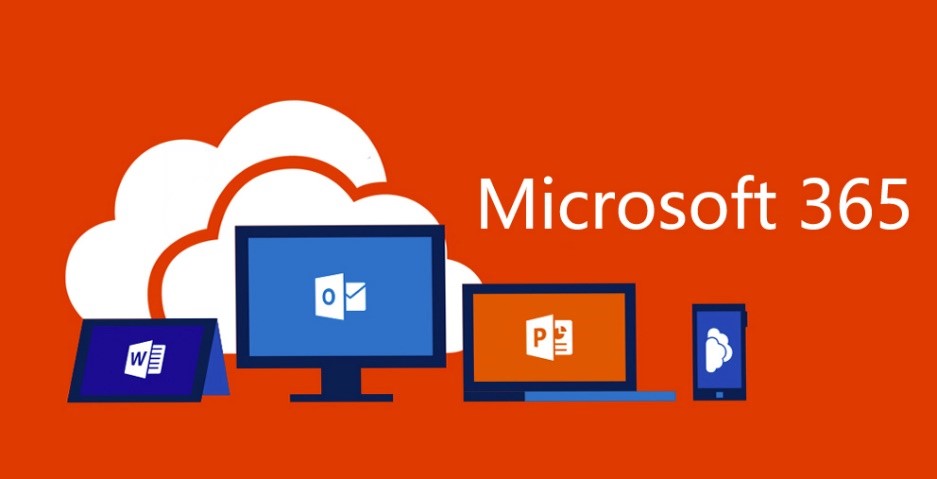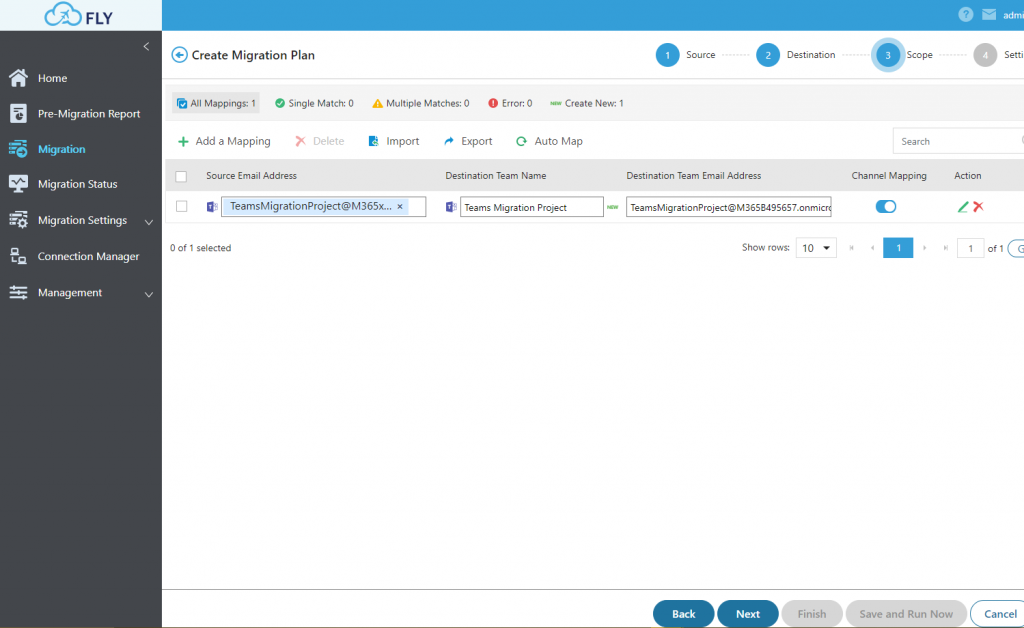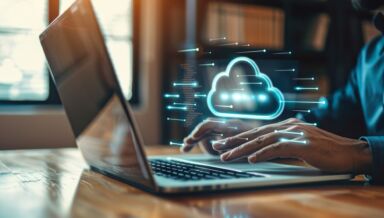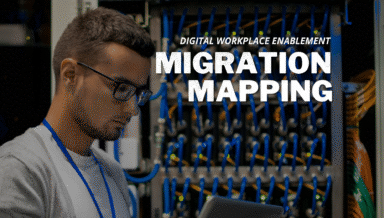Top 3 Reasons Organizations Are Migrating Chat Channels into Microsoft Teams

Concerned that your organization’s information isn’t quite as secure as you think it is? Register for our upcoming webinar “Preventing Data Leaks in Microsoft Teams (and Other Collaboration Systems)” today!
Migrating all of your chat data from one service to another is no easy feat. As my colleague Ray Liu wrote about in a blog post a few months ago, AvePoint recently worked with Microsoft to develop a way to move Slack conversations in line with Microsoft Teams chat channels. Using that the same capability, we’ve also made it possible to migrate Microsoft Teams channels from tenant to tenant in Office 365.
AvePoint does a lot of migrations, and we’ve had a lot of customers coming to us with this specific need lately! After seeing how substantial the buzz around this topic is firsthand, we decided to explore a few of the reasons why we see organizations so interested in migrating chat channels into Microsoft Teams.

1. They are currently using Slack and they want to take advantage of the additional security and collaboration features that comes with Office 365.
Slack is a great, super easy-to-use chat platform with the potential for TONS of integrations with other applications. That said, there are plenty of reasons why organizations are moving into Office 365 and Microsoft Teams from their Slack workspaces.
The additional ability to manage content and collaboration workflows—along with integrated personal storage and all the security and governance options that come with Office 365—give it a clear value add for the price. When these features include email, personal storage, automation tools, and reporting tools as an all-in-one suite, it’s easy to see why organizations are making the switch.
Read our blog on the latest news regarding Google’s new Microsoft Teams competitor.
2. They are currently using Microsoft Teams and their organization is merging with another organization.
We all know that mergers and acquisitions tend to happen over time, but oftentimes organizations within the same company (or even the same business unit) make transitions at different times or simply adopt Office 365 independently of the parent organization in question.
Simply put, at AvePoint we’ve seen countless scenarios for why organizations have a need to merge Teams and other Office 365 information from multiple tenants into one, and our solutions can make this a much easier process.
Wondering why migrating chat channels into Teams is such a hot topic? Check out this post: Click To Tweet3. They are currently using Microsoft Teams and they need to migrate to restructure information in Teams or in Office 365.
Ever wind up naming a Microsoft Teams channel and needing to change it later? Or have you needed to be part of a Team that has a structure that needs to adapt to better match a business process or departmental structure? It’s possible to restructure Microsoft Teams and channel chats to change the way a Team is organized AND to make sure that the “Files” folder in SharePoint has a name to match the channel in question.
Let’s take a look at what this can actually look like with a migration from one Office 365 Microsoft Teams to another tenant of Teams.
To visualize this, let’s first look at our source tenant with the user’s domain highlighted. Note the user and time stamp information for the Teams chats:

We setup the team mapping in the FLY solution; in this scenario, FLY will automatically create the new team in the destination:

Now we run the migration and check out our new team in the destination!

Great! Now the text, times stamps, and information from the original post has been migrated into the destination Team!
For any of these scenarios (and any others you might come across) AvePoint’s FLY solution can move information from Microsoft Teams channel chats or Slack channels into another Team. It can even consolidate chat information from many Teams or Slack Channels into one Microsoft Team in the destination tenant of Office 365.
This can either be done as an archived HTML file in the Team that saves searchable information, links, and metadata from the source channels, or by moving the conversations inline to Teams Channel chats.
I’m excited to see the attention and success that Microsoft Teams is garnering in this industry, and I’m looking forward to seeing all the features on the roadmap roll out over the coming months! I’m also thankful to work for a company that does so well at keeping up with this rate of change and making sure our—and Microsoft’s—current and future customers have everything they need to be successful in their various industries.
For more on Microsoft Teams migration, check out the following resources:
- Blog Series: Migrating to Microsoft Teams
- Webinar: 6 Expert Microsoft Teams Adoption Strategies THAT WORK
- Blog Post: How to Efficiently Transition Users from Skype to Microsoft Teams
Looking for more expert tips on Office 365 migration? Subscribe to our blog!

Hunter Willis has been in web development, SEO and Social Media marketing for over a decade, and entered the SharePoint space in 2016. Throughout his career he has developed internal collaboration sites, provided technical and strategic advice, and managed solutions for small to large organizations. In addition, Hunter has served as a strategy consultant for many companies and non-profits in the Richmond area.


